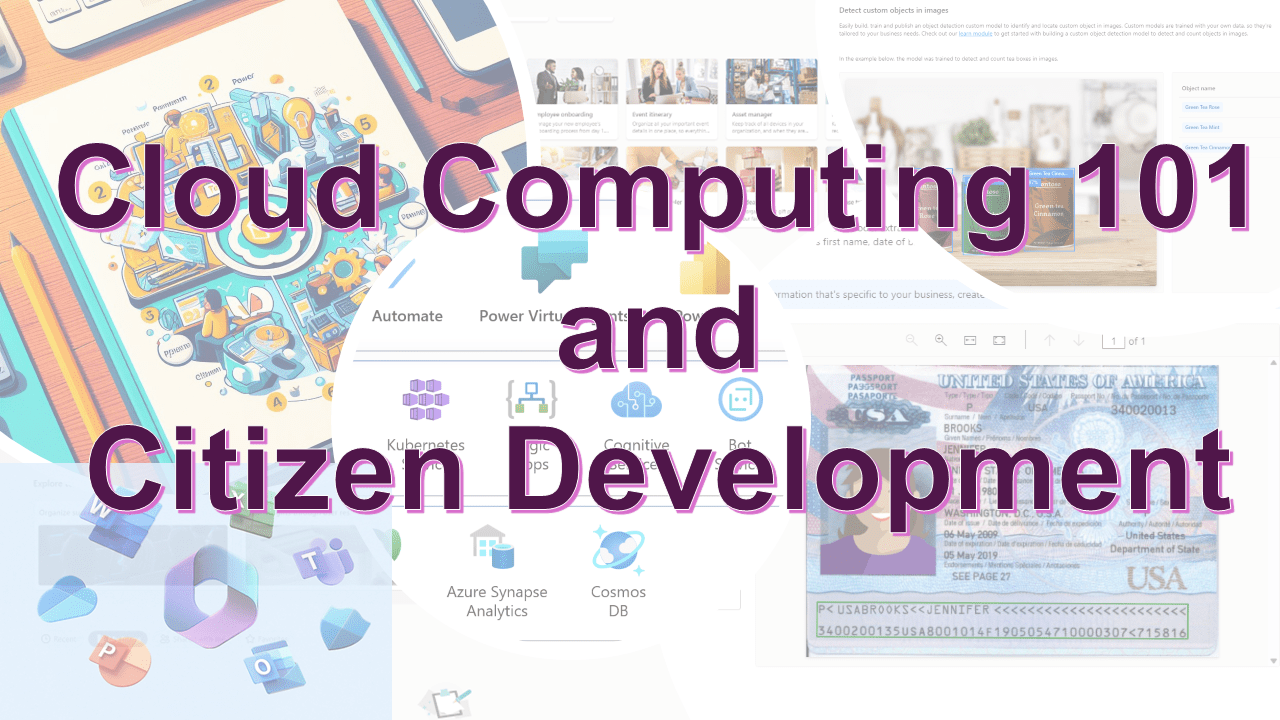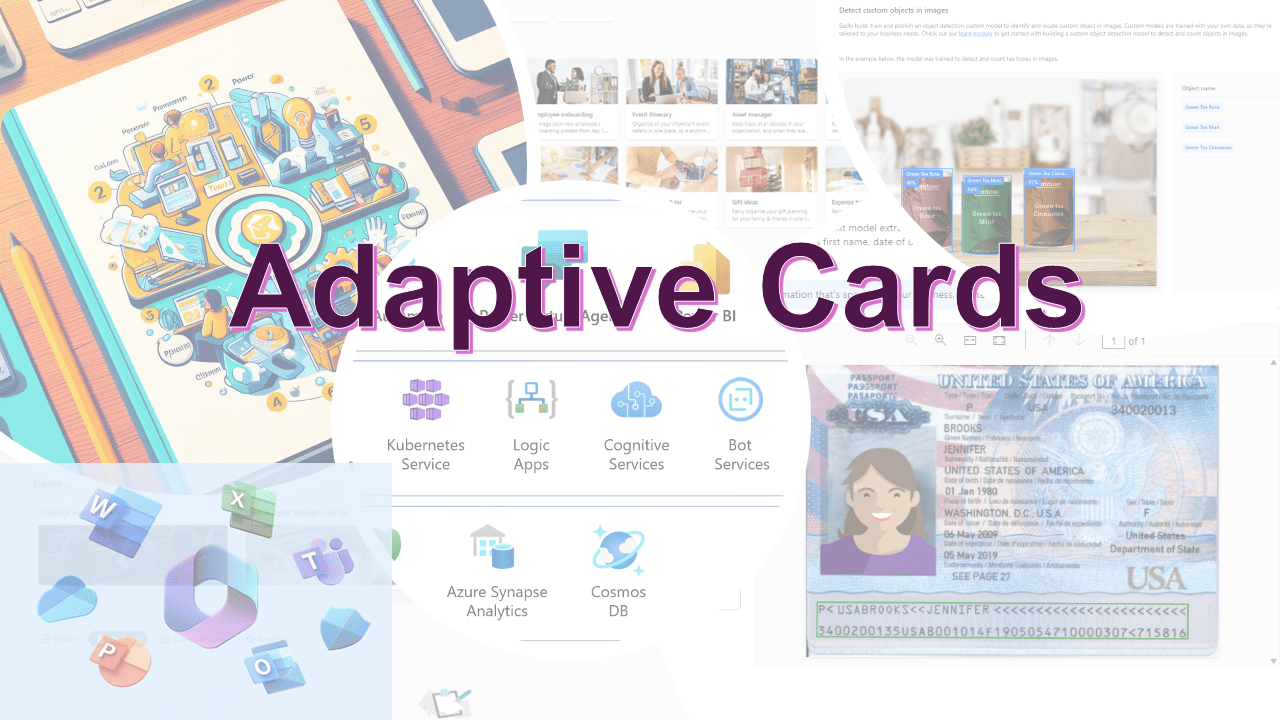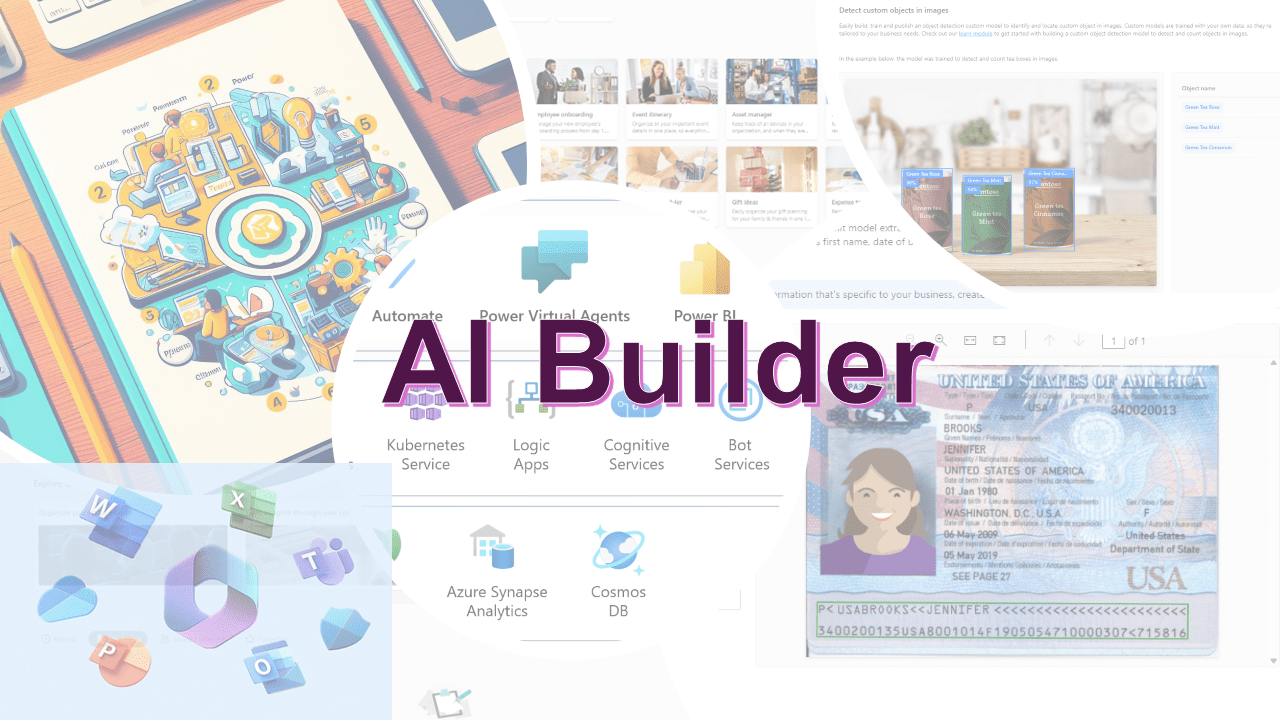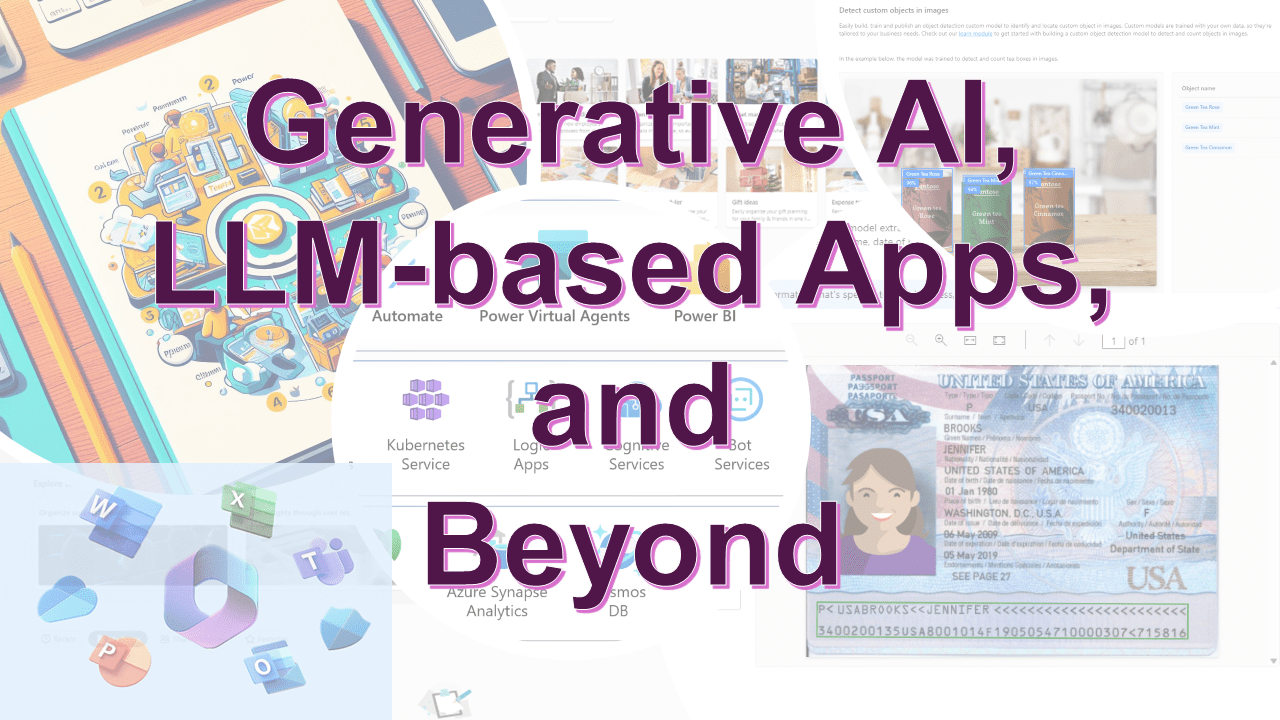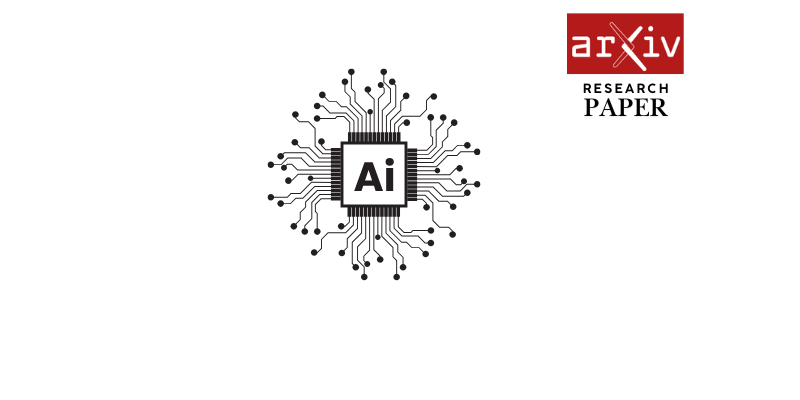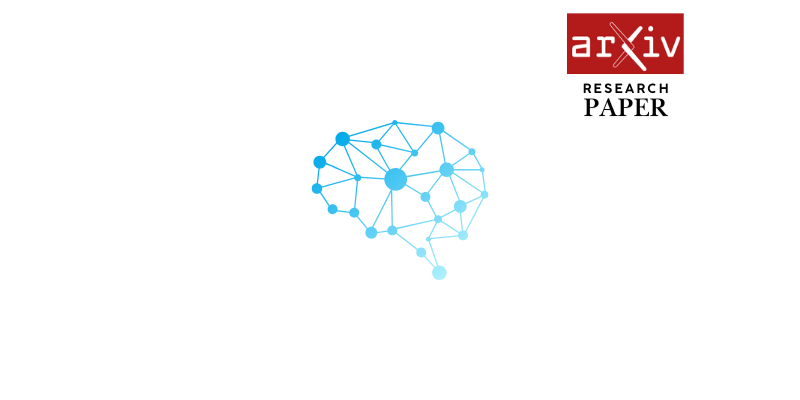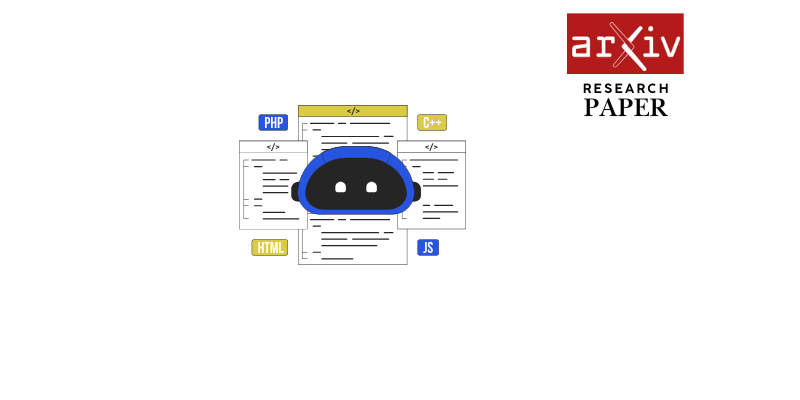Page 1:
Beyond Human: Cognitive and Physical Augmentation through
AI, Robotics, and XR – Opportunities and Risks
Jie Li
jie.li@h-aisa.com
Human-AI Symbiosis Alliance
Delft, The NetherlandsAnusha Withana
anusha.withana@sydney.edu.au
University of Sydney
Sydney, AustraliaAlexandra Diening
alexandra.diening@h-aisa.com
Human-AI Symbiosis Alliance
Zurich, Switzerland
Kai Kunze
kai.kunze@gmail.com
Keio University
Tokyo, JapanMasahiko Inami
drinami@star.rcast.u-tokyo.ac.jp
University of Tokyo
Tokyo, Japan
Figure 1: Possibilities of human augmentation generated by Freepik AI Suite
Abstract
As human augmentation technologies evolve, the convergence of
AI, robotics, and extended reality (XR) is redefining human poten-
tial—enhancing cognition, perception, and physical abilities. How-
ever, these advancements also introduce ethical dilemmas, security
risks, and concerns over loss of control. This workshop explores
both the transformative potential and the unintended consequences
of augmentation technologies. Bringing together experts from HCI,
neuroscience, robotics, and ethics, we will examine real-world appli-
cations, emerging risks, and governance strategies for responsible
augmentation. The session will feature keynote talks and interac-
tive discussions, addressing topics such as AI-enhanced cognition,
wearable robotics, neural interfaces, and XR-driven augmentation.
By fostering multidisciplinary dialogue, this workshop aims to
Permission to make digital or hard copies of all or part of this work for personal or
classroom use is granted without fee provided that copies are not made or distributed
for profit or commercial advantage and that copies bear this notice and the full citation
on the first page. Copyrights for components of this work owned by others than the
author(s) must be honored. Abstracting with credit is permitted. To copy otherwise, or
republish, to post on servers or to redistribute to lists, requires prior specific permission
and/or a fee. Request permissions from permissions@acm.org.
AHs’25, Abu Dhabi, UAE
©2025 Copyright held by the owner/author(s). Publication rights licensed to ACM.
ACM ISBN 978-1-4503-XXXX-X/2018/06
https://doi.org/XXXXXXX.XXXXXXXgenerate actionable insights for responsible innovation, proposing
ethical frameworks to balance human empowerment with risk miti-
gation. We invite researchers, practitioners, and industry leaders to
contribute their perspectives and help shape the future of human
augmentation.
CCS Concepts
•Human-centered computing →Interaction paradigms ;In-
teraction techniques .
Keywords
Human-AI Symbiosis, Human-Centered AI, Ethical AI, Human
Augmentation, Robotics, Extended Reality
ACM Reference Format:
Jie Li, Anusha Withana, Alexandra Diening, Kai Kunze, and Masahiko Inami.
2025. Beyond Human: Cognitive and Physical Augmentation through AI,
Robotics, and XR – Opportunities and Risks. In Proceedings of The Augmented
Humans (AHs) International Conference 2025 (AHs’25). ACM, New York, NY,
USA, 4 pages. https://doi.org/XXXXXXX.XXXXXXX
1 Introduction
The rapid advancement of AI, robotics, and extended reality (XR)
is redefining human augmentation, enhancing cognition, physicalarXiv:2503.09987v1 [cs.HC] 13 Mar 2025
Page 2:
AHs’25, March 16–20, 2025, Abu Dhabi, UAE Li et al.
ability, perception, and human-computer collaboration. However,
as augmentation systems become more autonomous and integrated
into daily life, they introduce ethical, accessibility, governance, and
control challenges. Key questions arise:
•If an AI-powered exoskeleton moves before you intend it to,
is it assisting or taking control? How do we ensure augmen-
tation enhances human agency rather than overriding it?
[3, 7]
•If AI contributes to design or writing, who owns the final
product—the human or the machine? How does AI redefine
creativity and authorship? [6]
•If only those who can afford AI-powered enhancements ac-
cess them, does this innovation risk deepening inequality?
How can we ensure augmentation remains inclusive? [ 8,13]
•Why do some fear AI augmentation while others embrace
it? How does public perception influence adoption? [11]
Human-computer symbiosis extends beyond interaction to
full integration, raising questions about bodily agency, control, and
ownership [ 3,7]. Diening [ 3] emphasizes balancing automation
with oversight to maintain human agency. Barbareschi et al. [ 1] ex-
plore controlling multiple robotic avatars for remote work, demon-
strating how shared control mechanisms allow disabled users to
perform tasks remotely, but also raising concerns about agency
and physical presence. Takashita et al. [ 12] investigate Embodied
Tentacle , where users control robotic extensions like natural limbs,
revealing the brain’s adaptability to new augmentations. Inami et
al. [4] propose JIZAI Body , blending digital and physical augmen-
tations for seamless movement, suggesting a future where robotic
limbs could be interchangeable. Beyond individual augmentation,
Yamamura et al. [ 18] introduce Social Digital Cyborgs , which en-
hance teamwork, communication, and collective intelligence by
using wearable robotic extensions. Zhou et al. examines how the
supernumerary with different degrees of intelligence is perceived
and managed by humans[19].
Assistive technologies are advancing accessibility in augmen-
tation design. Tong et al. [ 13] and Withana [ 15] stress the impor-
tance of co-designing assistive tools with users, as excluding them
often leads to impractical solutions. Nanayakkara et al. [ 8] pro-
pose user-driven frameworks that integrate bodily adaptation and
ability constraints. Wearable robotic augmentation is also evolv-
ing, with Abadian et al. [ 10] introducing WRLKit , a computational
tool enabling non-experts to prototype personalized robotic limbs,
shifting from rigid pre-designed solutions to adaptable, user-driven
augmentation.
Generative AI (GenAI) is reshaping creativity but introduces
debates on authorship, transparency, and dependence on AI-driven
workflows. Li et al. [ 6] examine UX professionals’ perceptions of
GenAI, revealing a divide between those who see it as an efficiency
tool and those who fear homogenization in creative outputs. Li
et al. [ 5] explore synthetic UX research, where AI-generated data
simulates user feedback at scale, but this method raises concerns
about reliability, bias, and the potential for replacing genuine hu-
man input with algorithmic insights. GenAI is also influencing
digital embodiment. Xie et al. [ 17] demonstrate how AI-powered
visualization enhances wheelchair dance choreography, expandingaccessibility and artistic expression while challenging traditional
notions of authorship and artistic interpretation.
Extended Reality (XR) and haptic interfaces redefine embod-
ied augmentation by creating immersive, sensory-rich experiences
that facilitate natural interactions. Withana et al. [ 16] introduce
Tacttoo , a thin, skin-applied haptic interface that provides real-time
tactile feedback without bulky hardware. Perera et al. [ 9] develop
3D-printed electro-tactile interfaces that integrate force sensing,
offering precise and intuitive haptic augmentation. Researchers are
also expanding sensory augmentation beyond vision and hearing.
Uyama et al. [ 14] propose a system that translates music into haptic
and physiological sensations, enabling multi-sensory engagement
for individuals with hearing impairments.
While augmentation expands human capabilities, governance
frameworks are needed to ensure fairness, accountability, and
transparency. Cath [ 2] highlights regulatory oversight for public
trust, and Stein et al. [ 11] examine how trust in AI is shaped by
media, exposure, and personality traits. Ethical challenges such as
affordability, bias, privacy, and access must be addressed to ensure
augmentation benefits society rather than exacerbating divides.
2 Workshop Goals
This workshop aligns with Augmented Humans 2025 by tackling
these key issues at the intersection of AI, augmentation, and ethics.
Through expert talks and discussions, the workshop will:
(1)Explore emerging augmentation technologies across cogni-
tive, physical, and sensory domains.
(2)Identify risks related to autonomy, agency, security, and bias
in AI-powered augmentation.
(3) Develop ethical guidelines for responsible augmentation.
By fostering multidisciplinary dialogue, this workshop ensures
that AI-driven human augmentation remains transparent, inclusive,
and ethically sound.
3 Workshop Content
This half-day, in-person workshop will feature a mix of keynotes,
moderated discussions, and group presentations aimed at exploring
the potential and risks of augmentation technologies. We plan to
have the following activities:
•Keynote and Expert Talks (60 mins). Invited speakers
from AI, robotics, neuroscience, and human augmentation
will present leading research findings and real-world applica-
tions. Potential keynotes : Prof. Masahiko Inami (Embodied
Intelligence), Prof. Kai Kunze (Wearable Augmentation), Dr.
Alexandra Diening (Human-AI Symbiosis).
•Lightning Talks (30 mins). Each participant will give a
brief self-introduction and share their research or ethical
challenges related to augmentation.
•Moderated Discussion (60 mins) . Separate participants
into three groups. Each group will independently explore AI
control, augmentation misuse, and regulatory needs through
thought-provoking questions, including but not limited to:
–If you had full control over an additional robotic limb or
avatar, what kind of tasks would you delegate to it, and
what challenges might arise in seamlessly integrating it
into your daily workflow?
Page 3:
Beyond Human: Cognitive and Physical Augmentation through AI, Robotics, and XR – Opportunities and Risks AHs’25, March 16–20, 2025, Abu Dhabi, UAE
Time Activities
09:00 – 09:30 Welcome & Lighting Talks
09:30 – 10:30 Keynote & Expert Talks
10:30 – 10:45 Break
10:45 – 11:45 Moderated Discussion
11:45 - 12:30 Group Presentation
Table 1: The half-day workshop schedule
–In co-designing assistive augmentation tools, what are
common mismatches between what designers assume
users need and what users actually need? Can you share
examples where user input drastically changed a design
decision?
–Have you ever encountered a situation where a generative
AI tool produced an outcome that was “technically correct”
but fundamentally unusable? How did you adapt, and what
does that tell us about human-AI collaboration?
–What is the most compelling real-world use case for haptic
feedback in XR or augmentation that you’ve seen? What
made it effective, and where do you see current limita-
tions?
–If a powerful AI-driven augmentation system could ei-
ther amplify your strengths or compensate for your weak-
nesses, which would you choose? What ethical dilemmas
arise in making such a decision?
•Group Presentation (45 min). Each group will have 12
minutes to present their discussion results, followed by 3
minutes for Q&A.
4 Expected Outcomes
Key workshop outcomes include a Workshop Position Paper
summarizing findings and future research directions, along with
ethical guidelines to ensure augmentation aligns with human val-
ues. Participants will also contribute to design ideas and research
challenges for further exploration. The workshop will foster col-
laborations between academia, industry, and policymakers to drive
interdisciplinary efforts toward safe and impactful augmentation
solutions.
5 Recruitment and Review
This workshop welcomes 20–25 participants, including academics,
industry professionals, and researchers in HCI, AI, robotics, neuro-
science, XR, and cognitive augmentation. We also invite experts in
ethics, security, and policy-making who contribute to the responsi-
ble development of human augmentation technologies. We invite
submissions on augmentation, including:
•Short position papers (2 pages) on cognitive and physical
augmentation.
•Demonstrations of AI-enhanced assistive technologies and
augmentation prototypes.
•Case studies and ethical debates presented as position
papers, posters, or slides, addressing risks, governance chal-
lenges, and societal impact.To attract a diverse and engaged audience, we will promote the
workshop through conference mailing lists, social media platforms,
and direct invitations to key researchers and industry leaders in
augmentation technologies. A juried process will be implemented
to ensure the selection of high-quality submissions, with a focus
on diversity and inclusivity in participation.
6 Organizers Biographies
Jie Li is a Human-Computer Interaction (HCI) researcher and the
Chief Scientific Officer at the Human-AI Symbiosis Alliance. Her re-
search focuses on designing experiences and developing evaluation
methods for emerging technologies, including Extended Reality
and Human-AI Interaction. She also writes a column for ACM In-
teractions, titled Bits to Bites , where she reflects on HCI research
methodologies in both academic and industry contexts.
Anusha Withana is an Associate Professor and an ARC DECRA
fellow at the School of Computer Science, the University of Sydney.
He works in the research field of human-computer interaction (HCI),
mainly focusing on creating personalized enabling technologies.
He is experienced in hosting workshops relating to the fabrication
of new technologies.
Alexandra Diening is a research scientist and AI transformation
expert with nearly two decades of experience leading global AI ini-
tiatives across industries, from clinical trials to education. Her work
blends AI, cognitive science, and business strategy to create AI that
meaningfully connects with people. She is the author of A Strategy
for Human-AI Symbiosis, exploring ethical and practical AI inte-
gration. As Executive Chair of the Human-AI Symbiosis Alliance
(H-AISA), she advocates for ethical AI that balances technological
power with human values.
Kai Kunze is a professor at the Graduate School of Media Design,
Keio University, specializing in wearable computing and human
augmentation. His research focuses on eyewear computing, activ-
ity recognition, and amplifying human senses. He has published
extensively in top venues like CHI, TOCHI, and UIST. Previously,
he was an Assistant Professor at Osaka Prefecture University and
conducted research at PARC, MIT Media Lab, and Sunlabs Europe.
Masahiko Inami is a professor at the University of Tokyo, special-
izing in JIZAI body editing, Augmented Humans, and entertainment
engineering. He has received numerous awards, including TIME
Magazine’ ’s ”Coolest Invention of the Year” and MEXT’s Young Sci-
entist Award. He is a director of the Information Processing Society
of Japan and the Virtual Reality Society of Japan, as well as a mem-
ber of the Science Council of Japan. His latest book, Theory of JIZAI
Body (Springer, 2023), explores the future of human-technology
interaction.
References
[1]Giulia Barbareschi, Midori Kawaguchi, Hiroaki Kato, Masato Nagahiro, Kazuaki
Takeuchi, Yoshifumi Shiiba, Shunichi Kasahara, Kai Kunze, and Kouta Mi-
namizawa. 2023. “I am both here and there” Parallel Control of Multiple Robotic
Avatars by Disabled Workers in a Café. In Proceedings of the 2023 CHI Confer-
ence on Human Factors in Computing Systems (Hamburg, Germany) (CHI ’23) .
Association for Computing Machinery, New York, NY, USA, Article 75, 17 pages.
doi:10.1145/3544548.3581124
[2]Corinne Cath. 2018. Governing artificial intelligence: ethical, legal and technical
opportunities and challenges. Philosophical Transactions of the Royal Society A:
Mathematical, Physical and Engineering Sciences 376, 2133 (2018), 20180080.
Page 4:
AHs’25, March 16–20, 2025, Abu Dhabi, UAE Li et al.
[3]Alexandra Dieing. 2024. A Strategy for Human-AI Symbiosis.: Concepts, Tools,
and Business Models for the New AI Game . Independently published, Zurich
Switzerland.
[4]Masahiko Inami, Daisuke Uriu, Zendai Kashino, Shigeo Yoshida, Hiroto Saito,
Azumi Maekawa, and Michiteru Kitazaki. 2022. Cyborgs, Human Augmentation,
Cybernetics, and JIZAI Body. In Proceedings of the Augmented Humans Interna-
tional Conference 2022 (Kashiwa, Chiba, Japan) (AHs ’22) . Association for Com-
puting Machinery, New York, NY, USA, 230–242. doi:10.1145/3519391.3519401
[5]Jie Li. 2024. How Far Can We Go with Synthetic User Experience Research?
Interactions 31, 3 (May 2024), 26–29. doi:10.1145/3653682
[6]Jie Li, Hancheng Cao, Laura Lin, Youyang Hou, Ruihao Zhu, and Abdallah El Ali.
2024. User Experience Design Professionals’ Perceptions of Generative Artificial
Intelligence. In Proceedings of the 2024 CHI Conference on Human Factors in
Computing Systems (Honolulu, HI, USA) (CHI ’24) . Association for Computing
Machinery, New York, NY, USA, Article 381, 18 pages. doi:10.1145/3613904.
3642114
[7]Florian Floyd Mueller, Pedro Lopes, Paul Strohmeier, Wendy Ju, Caitlyn Seim,
Martin Weigel, Suranga Nanayakkara, Marianna Obrist, Zhuying Li, Joseph Delfa,
Jun Nishida, Elizabeth M. Gerber, Dag Svanaes, Jonathan Grudin, Stefan Greuter,
Kai Kunze, Thomas Erickson, Steven Greenspan, Masahiko Inami, Joe Marshall,
Harald Reiterer, Katrin Wolf, Jochen Meyer, Thecla Schiphorst, Dakuo Wang, and
Pattie Maes. 2020. Next Steps for Human-Computer Integration. In Proceedings
of the 2020 CHI Conference on Human Factors in Computing Systems (Honolulu,
HI, USA) (CHI ’20) . Association for Computing Machinery, New York, NY, USA,
1–15. doi:10.1145/3313831.3376242
[8]Suranga Chandima Nanayakkara, Masahiko Inami, Florian Mueller, Jochen Hu-
ber, Chitralekha Gupta, Christophe Jouffrais, Kai Kunze, Rakesh Patibanda,
Samantha W T Chan, and Moritz Alexander Messerschmidt. 2023. Explor-
ing the Design Space of Assistive Augmentation. In Proceedings of the Aug-
mented Humans International Conference 2023 (Glasgow, United Kingdom) (AHs
’23). Association for Computing Machinery, New York, NY, USA, 371–373.
doi:10.1145/3582700.3582729
[9]Praneeth Bimsara Perera, Hansa Marasinghe, Taiki Takami, Hiroyuki Kajimoto,
and Anusha Withana. 2024. Integrating Force Sensing with Electro-Tactile
Feedback in 3D Printed Haptic Interfaces. In Proceedings of the 2024 ACM
International Symposium on Wearable Computers (Melbourne VIC, Australia)
(ISWC ’24) . Association for Computing Machinery, New York, NY, USA, 48–54.
doi:10.1145/3675095.3676612
[10] Artin Saberpour Abadian, Ata Otaran, Martin Schmitz, Marie Muehlhaus, Rishabh
Dabral, Diogo Luvizon, Azumi Maekawa, Masahiko Inami, Christian Theobalt,
and Jürgen Steimle. 2023. Computational Design of Personalized Wearable
Robotic Limbs. In Proceedings of the 36th Annual ACM Symposium on User Interface
Software and Technology (San Francisco, CA, USA) (UIST ’23) . Association for
Computing Machinery, New York, NY, USA, Article 68, 13 pages. doi:10.1145/
3586183.3606748
[11] Jan-Philipp Stein, Tanja Messingschlager, Timo Gnambs, Fabian Hutmacher, and
Markus Appel. 2024. Attitudes towards AI: measurement and associations with
personality. Scientific Reports 14, 1 (2024), 2909.
[12] Shuto Takashita, Ken Arai, Hiroto Saito, Michiteru Kitazaki, and Masahiko Inami.
2024. Embodied Tentacle: Mapping Design to Control of Non-Analogous Body
Parts with the Human Body. In Proceedings of the 2024 CHI Conference on Human
Factors in Computing Systems (Honolulu, HI, USA) (CHI ’24) . Association for
Computing Machinery, New York, NY, USA, Article 222, 19 pages. doi:10.1145/
3613904.3642340
[13] Adele Tong, Zhanna Sarsenbayeva, Jorge Goncalves, Hideki Koike, Masahiko
Inami, Alistair McEwan, and Anusha Withana. 2024. Developing Strategies
for Co-designing Assistive Augmentation Technologies. In Proceedings of the
Augmented Humans International Conference 2024 (Melbourne, VIC, Australia)
(AHs ’24) . Association for Computing Machinery, New York, NY, USA, 324–326.
doi:10.1145/3652920.3653038
[14] Aoi Uyama, Danny Hynds, Dingding Zheng, George Chernyshov, Tatsuya Saito,
Kai Kunze, and Kouta Minamizawa. 2023. Feel What You Don’t Hear: A New
Framework for Non-Aural Music Experiences. In Proceedings of the International
Conference on New Interfaces for Musical Expression . Association for Computing
Machinery, New York, NY, USA, 560–565.
[15] Anusha Withana. 2023. Co-Designing Personalized Assistive Devices Using
Personal Fabrication. Commun. ACM 66, 7 (jun 2023), 89–90. doi:10.1145/3589150
[16] Anusha Withana, Daniel Groeger, and Jürgen Steimle. 2018. Tacttoo: A Thin and
Feel-Through Tattoo for On-Skin Tactile Output. In Proceedings of the 31st Annual
ACM Symposium on User Interface Software and Technology (Berlin, Germany)
(UIST ’18) . Association for Computing Machinery, New York, NY, USA, 365–378.
doi:10.1145/3242587.3242645
[17] Yurui Xie, Giulia Barbareschi, Kai Kunze, and Masa Inakage. 2024. Exploring
Digital Embodiment in Wheelchair Dance with Generative AI. In Proceedings
of the 13th International Conference on the Internet of Things (Nagoya, Japan)
(IoT ’23) . Association for Computing Machinery, New York, NY, USA, 224–227.
doi:10.1145/3627050.3631576[18] Nahoko Yamamura, Daisuke Uriu, Mitsuru Muramatsu, Yusuke Kamiyama,
Zendai Kashino, Shin Sakamoto, Naoki Tanaka, Toma Tanigawa, Akiyoshi On-
ishi, Shigeo Yoshida, Shunji Yamanaka, and Masahiko Inami. 2023. Social Digital
Cyborgs: The Collaborative Design Process of JIZAI ARMS. In Proceedings of
the 2023 CHI Conference on Human Factors in Computing Systems (Hamburg,
Germany) (CHI ’23) . Association for Computing Machinery, New York, NY, USA,
Article 369, 19 pages. doi:10.1145/3544548.3581169
[19] Hongyu Zhou, Tom Kip, Andrea Bianchi, Zhanna Sarsenbayeva, and Anusha
Withana. 2025. Juggling Extra Limbs: Identifying Control Strategies for Supernu-
merary Multi-Arms in Virtual Reality. In Proceedings of the 2025 CHI Conference
on Human Factors in Computing Systems (CHI ’25) . Association for Computing
Machinery, New York, NY, USA. doi:10.1145/3706598.3713647




